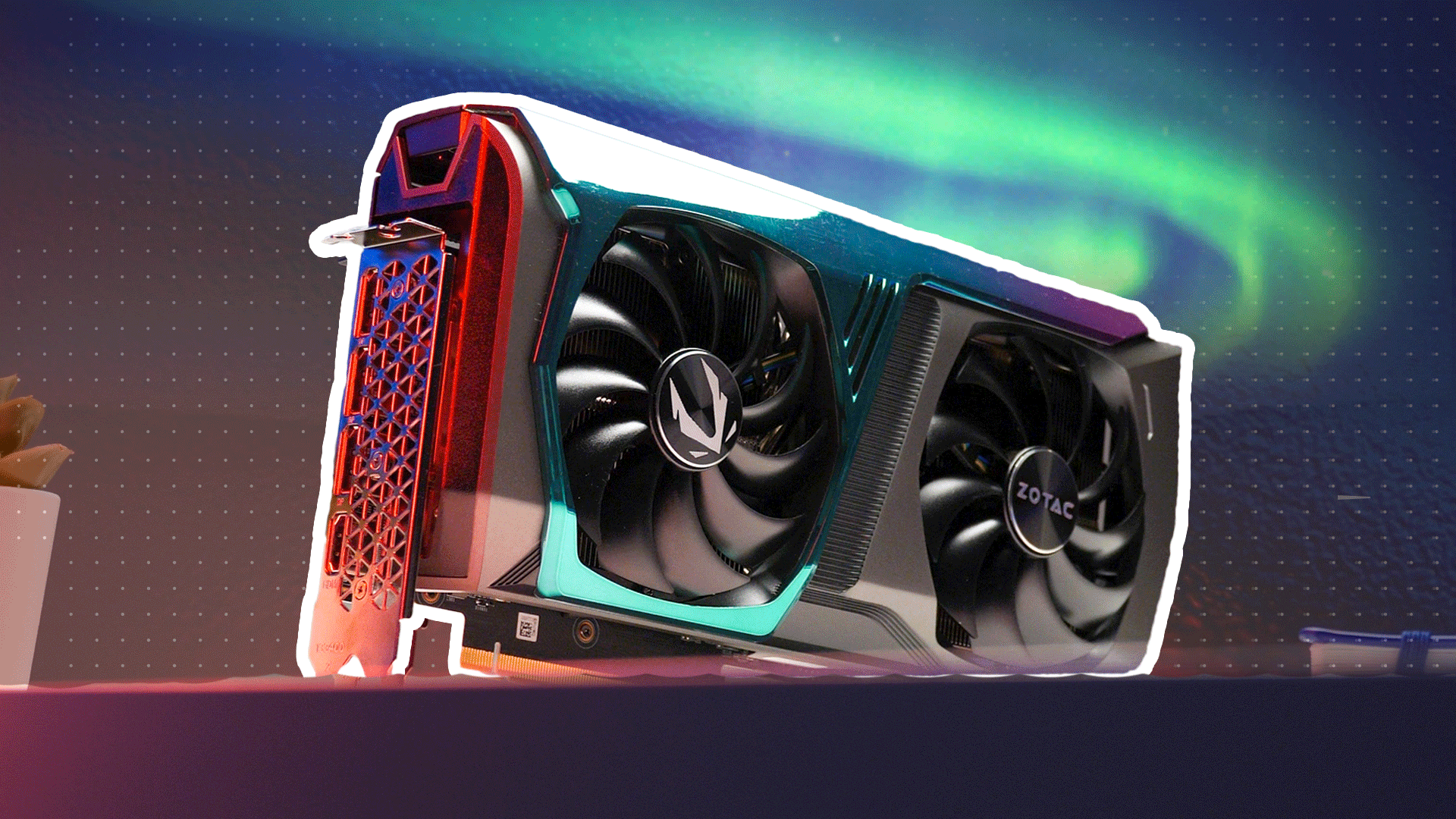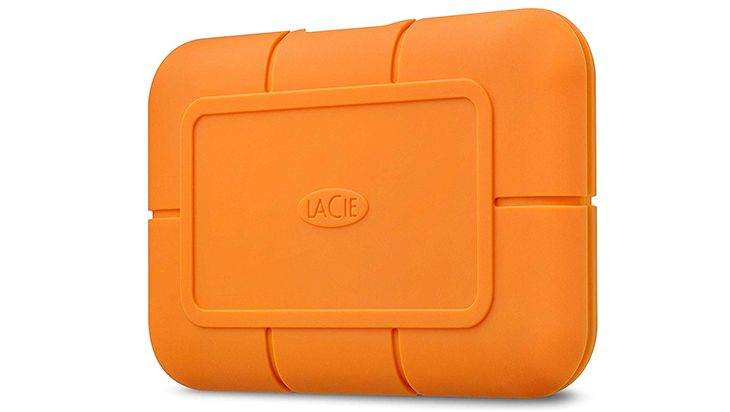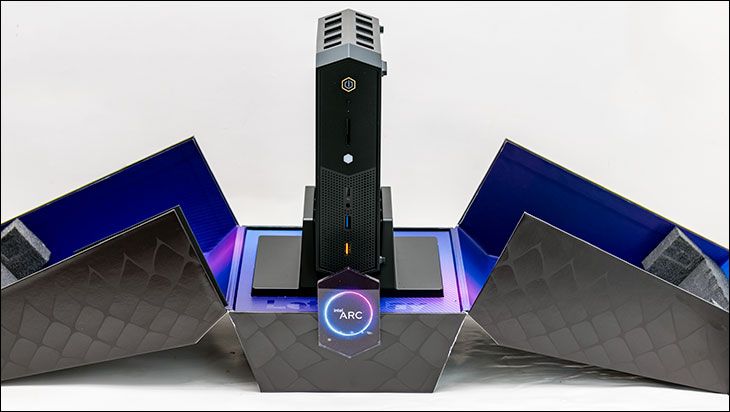To fully test the abilities of a given video card, we have used a blend of in-game benchmarks and custom recorded real-world game benchmarking. For custom game play we have used FRAPS to record the minimum and average frame rates and to do so for a set period of time. All tests were run a minimum of four times and the scores are the average of all four runs.
All games were patched to their latest version. The OS was a fresh clean install of Windows 10 with all latest hotfixes, patches and updates applied. All games were tested at the three of the most popular resolutions of 1080P (1920×1080), then at 1440P (2560×1440), and again at 4K (3840×2160). This means each game tested was run a minimum of 12 times: 4 @ 1080P, 4 @1440P, 4@4K. Before testing Unigine’s Valley benchmark was run for 15 minutes to ‘warm up’ the video card. This was done to ensure that long term performance and not short-term performance is being illustrated.
The games used for testing were:
Assassins Creed: Odyssey
Assassins Creed: Origins
Battlefield 1
Battlefield 5
Borderlands 3
Call of Duty: WW2
Crysis 3
Farcy New Dawn
Facry 5
Grand Theft Auto: V
Hitman 2
Metro Exodus
RAGE 2
Red Dead Redemption 2
Shadow of the Tomb Raider
Strange Brigade
Tom Clancy’s The Division 2
Witcher 3
For stress testing we used Unigine’s Valley benchmark.
For overclocking we used either the manufactures included software overclocking program or if necessary EVGA’s Precision X program.











